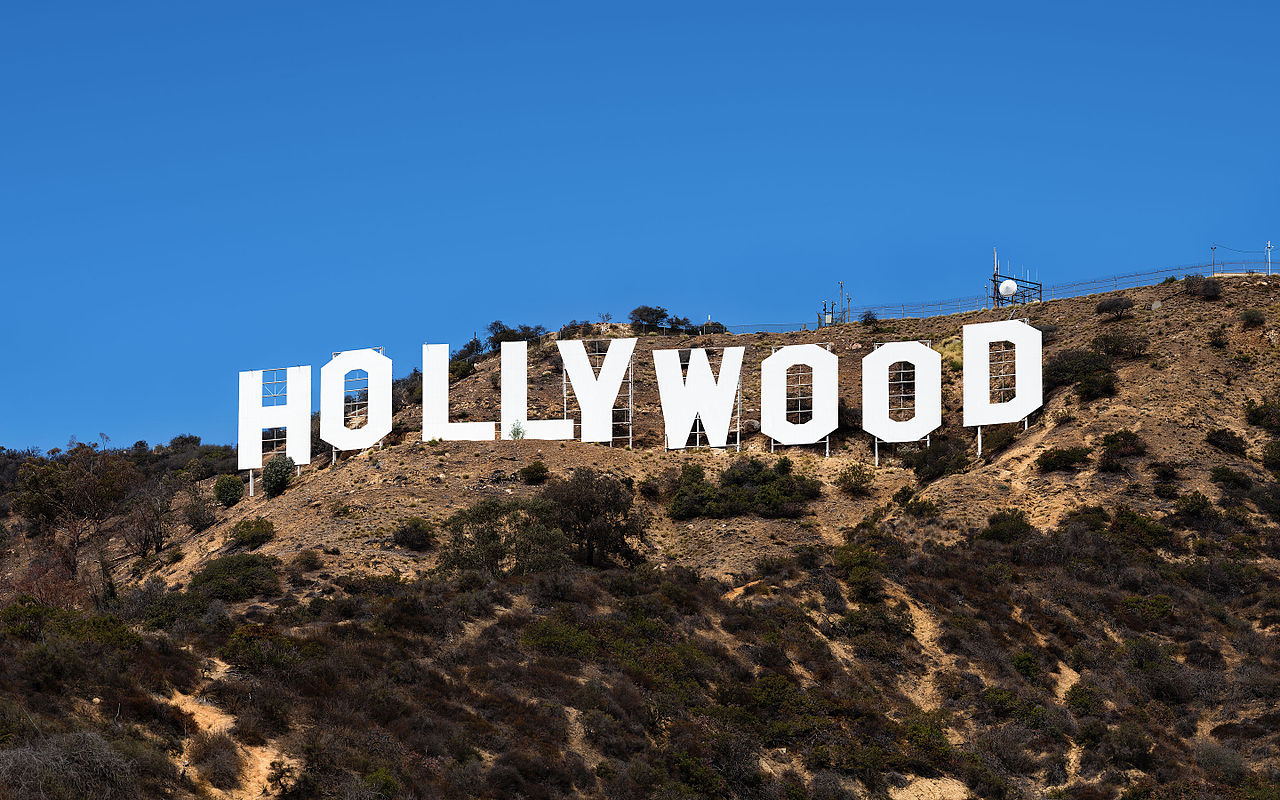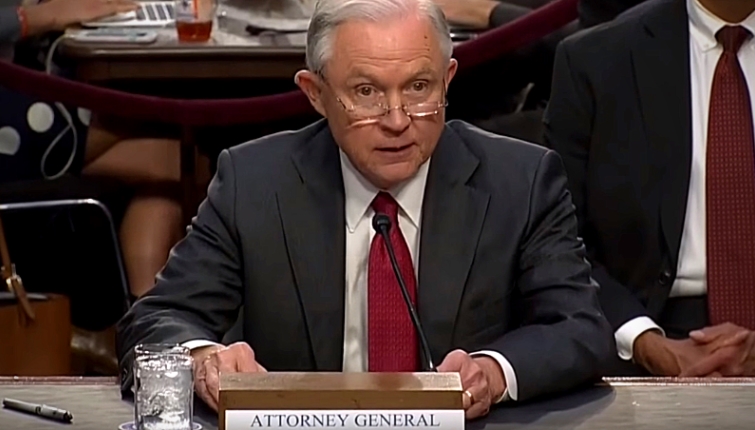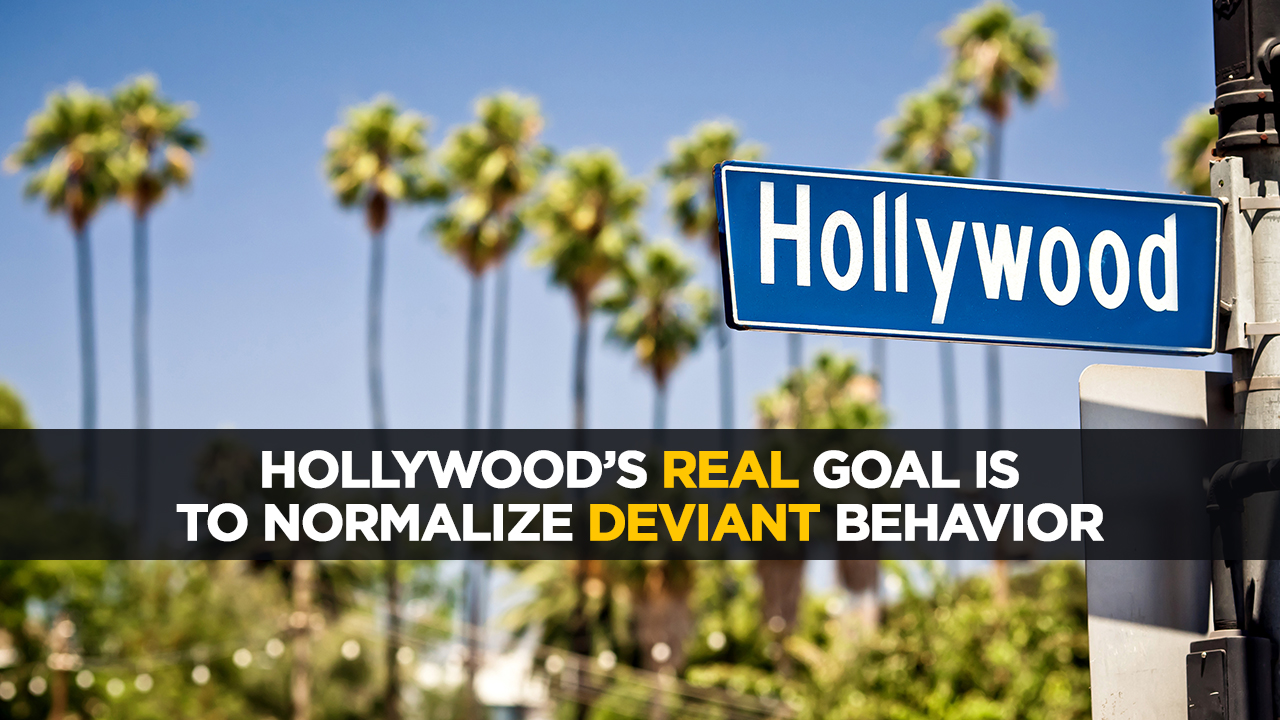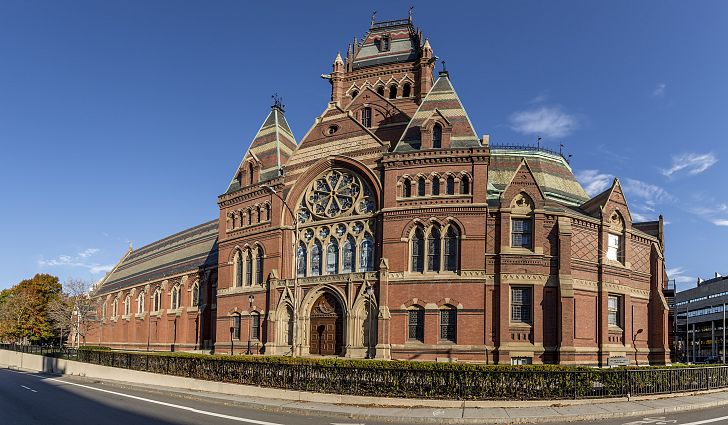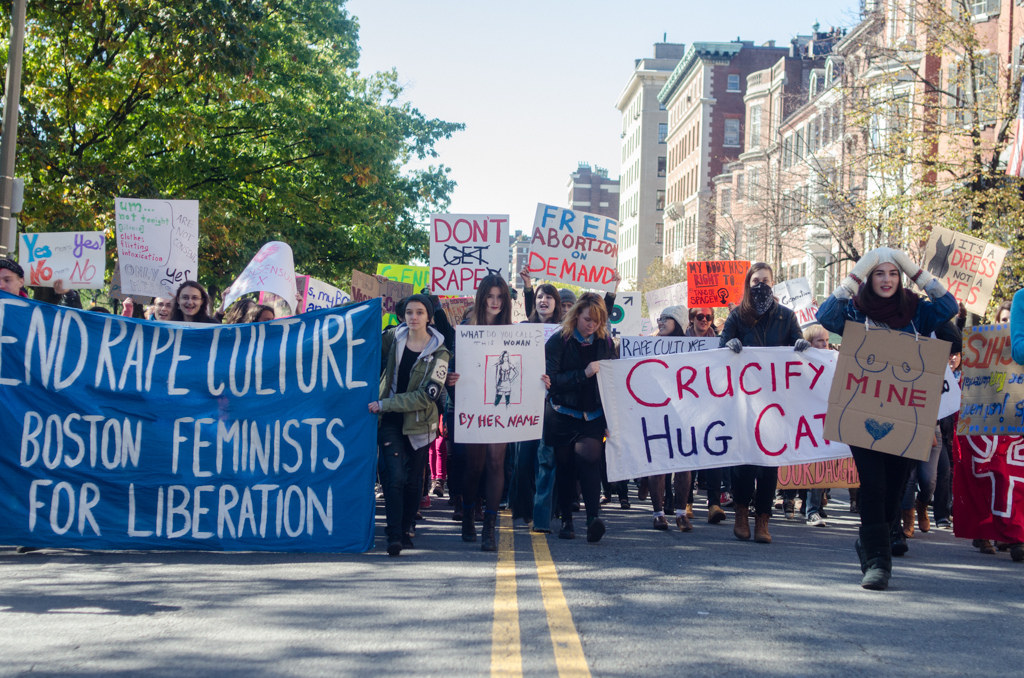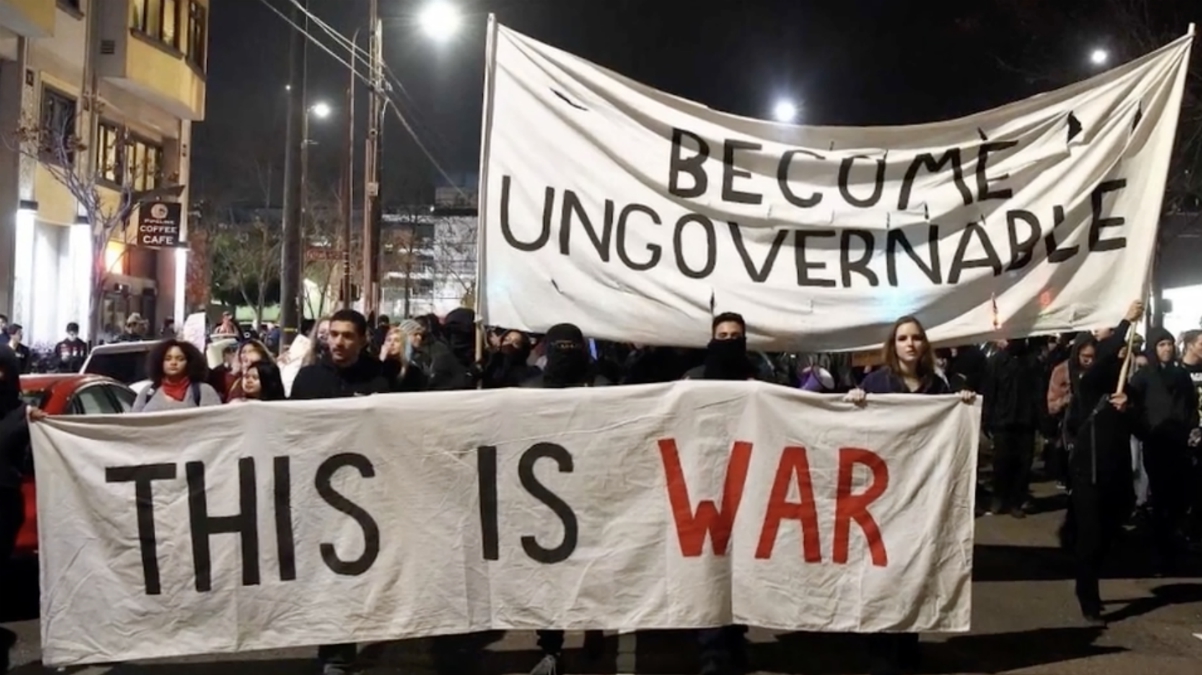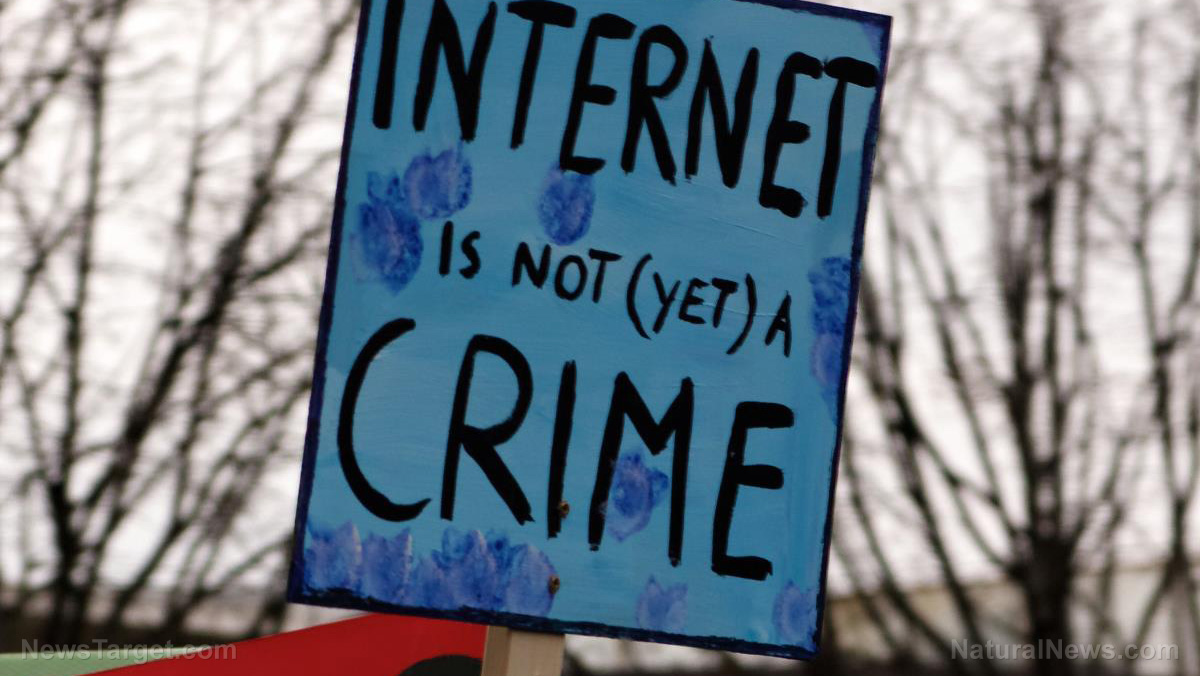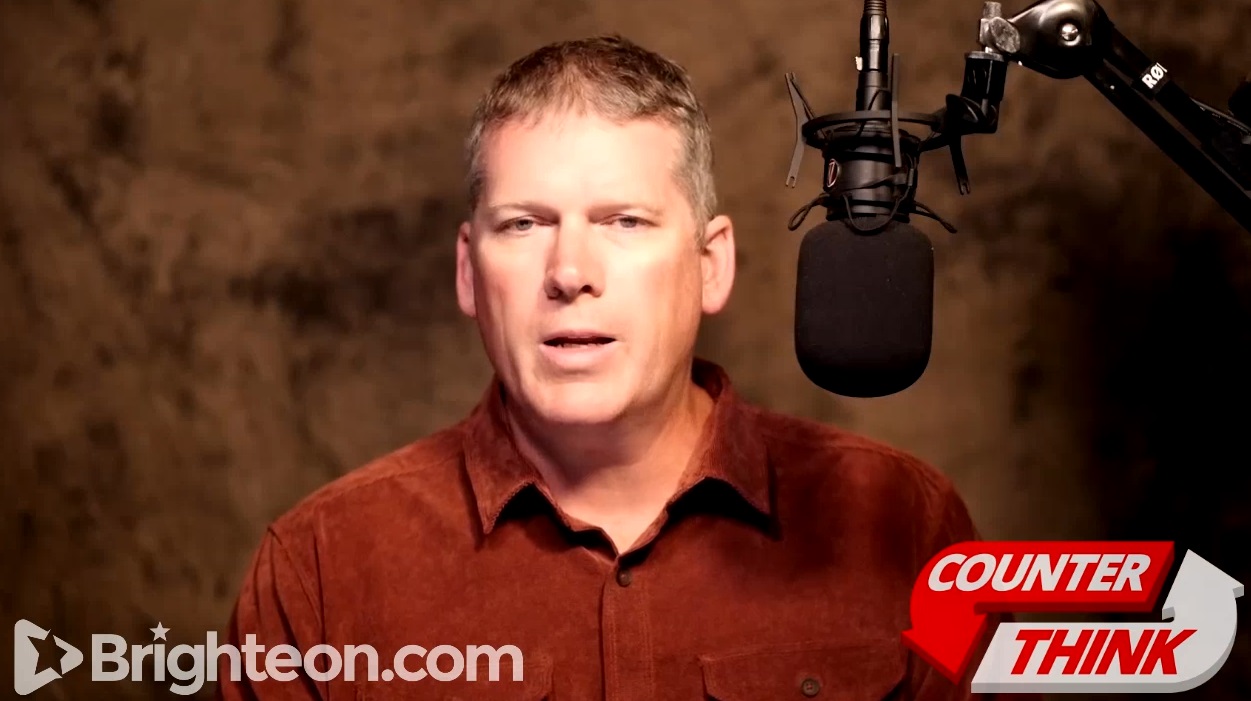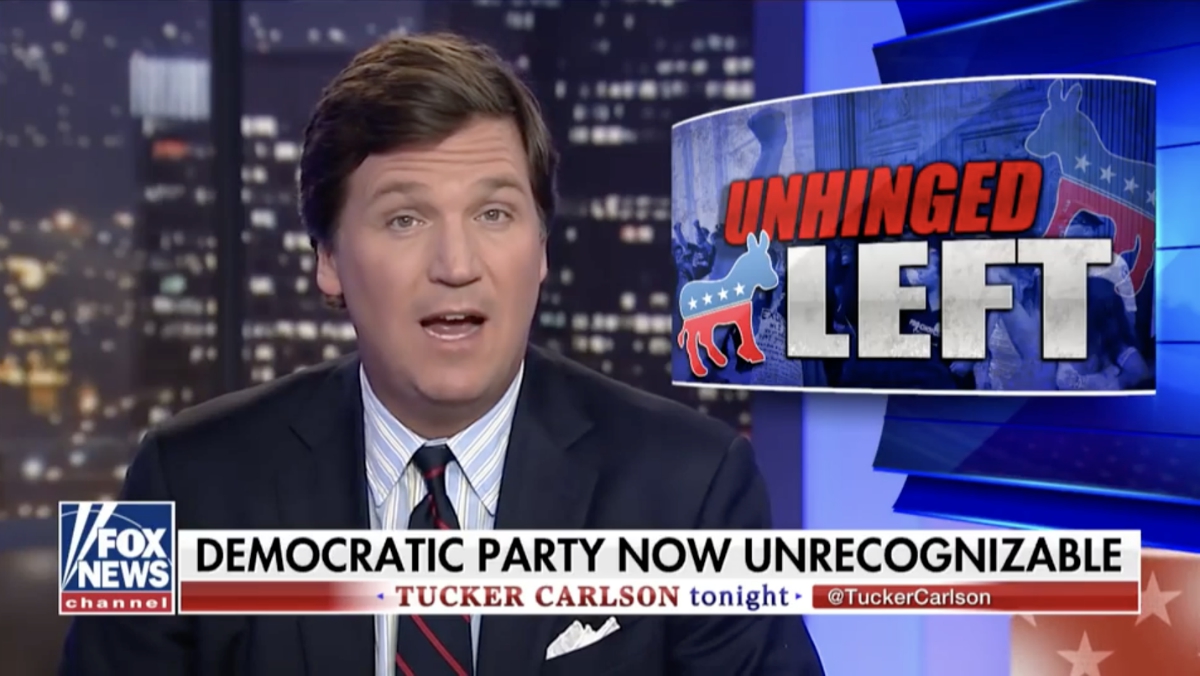Charter schools and media bias
06/20/2016 / By newsfakes

It’s been 25 years since Minnesota adopted the nation’s first charter school law in 1991. In that time, charter schooling has become one of the most influential and enduring education reforms in recent memory. Today, nearly three million students attend more than 6,800 charter schools nationwide. This extraordinary growth has provoked strong emotions among both charter supporters and detractors.
(Article by Frederick M. Hess, Jenn Hatfield, Kelsey Hamilton, republished from https://www.aei.org/publication/charter-schools-and-media-bias/)

It seems healthy and important to examine how the press tackles school reform so that observers, editors and interested parties can discuss whether and how well it’s doing its part.
Thus it’s no surprise that those on both sides of the debate have decried media coverage as slanted and biased. In February, Education Post’s Caroline Bermudez complained in a column, “There’s an anti-reform narrative that has taken hold, where published articles and blog posts have become so similar, they start to blur.” Meanwhile, foes of “corporate reform” routinely denounce the press for gullibly swallowing charter school hype.
This is a topic of more than passing interest because the press plays a crucial role in informing the public, refereeing policy deliberations and explaining what school reforms mean for students and families. Yet a survey of existing research reveals surprisingly little scrutiny of how the media covers school reform. To address that question, earlier this month we released a new study examining hundreds of articles on charter schooling that major media outlets published in 2015. The articles were randomly sampled from major national dailies (The New York Times, The Washington Post), education-specific entities (Education Week, Chalkbeat New York), popular online news sites (Slate, Salon) and the newspaper database LexisNexis.
It turns out that claims of systematic media bias are somewhat overstated. Charter coverage was broadly mixed, with half of the news stories and opinion pieces reflecting a neutral or balanced tone. That said, there was still a noticeable negative tilt, with the other half of coverage trending negative by a ratio of more than 2-to-1.
On the whole, about 20 to 25 percent of the articles addressed questions of race. Slate and Salon were the most likely to mention race, whereas Education Week did so less frequently. Notably, opinion pieces were twice as likely as news stories to bring up race. Whether or not a piece mentioned race, however, did not have any consistent relationship to the tone of the piece.
“…fair-minded media coverage is crucial to democratic deliberation.”
This study is more the first word on this subject than the last. After all, how the media covers educational debates is a topic that deserves far more attention than it gets. Debates about public education concern public funds, public policy, and our shared hopes for our children and our nation. On such issues, fair-minded media coverage is crucial to democratic deliberation.
It should be obvious that “fair-minded” doesn’t necessarily mean neutral. If education reforms are serving students well, we’d expect fair coverage to tilt positive. If they’re not, we’d expect it to tilt negative. So what these results say about the fairness of charter school coverage will be in the eye of the beholder. But it seems healthy and important to examine how the press tackles school reform so that observers, editors and interested parties can discuss whether and how well it’s doing its part.
Read more at: https://www.aei.org/publication/charter-schools-and-media-bias/
Tagged Under: Charter Schools, education, media bias

